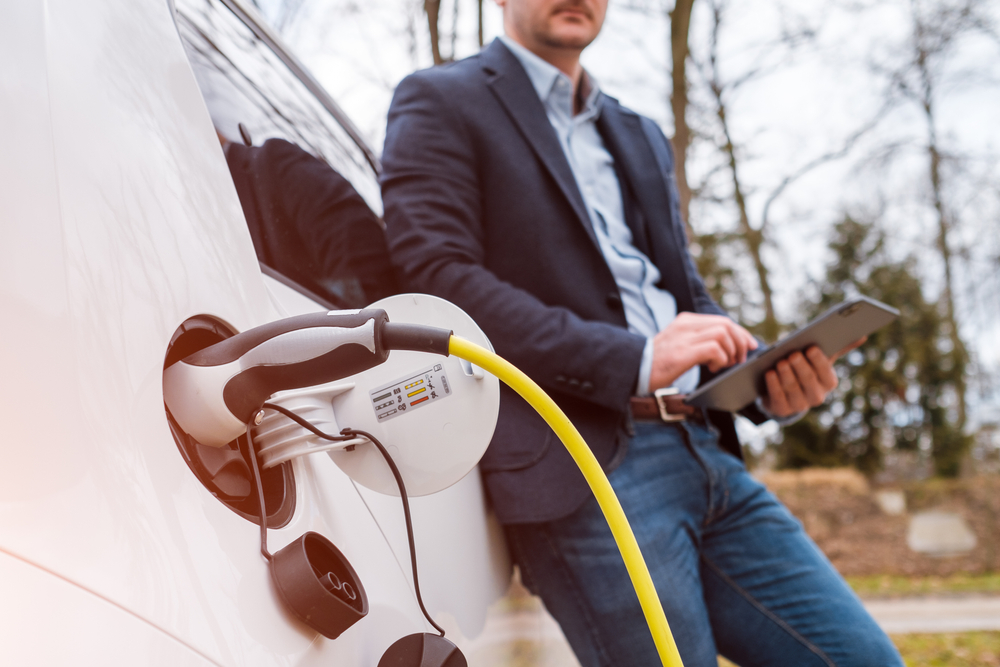Introduction
Hybrid vehicle technology is leading the way in the rapidly evolving field of automotive technology, ushering in a new era of mobility. The global demand for environmentally friendly and energy-efficient solutions is increasing, and automakers are not just keeping up but exceeding expectations in terms of technical innovation. This blog explores the most recent developments in hybrid technology, revealing the state-of-the-art breakthroughs that are not only revolutionizing the automotive industry but also pointing the way toward a future in which efficiency and environmental friendliness coexist peacefully. Come along as we explore the exciting world of hybrid cars and the ground-breaking discoveries that could completely alter how we see, operate, and responsibly navigate the roads ahead.
- Next-Generation Powertrains
Every hybrid car has an internal combustion engine and an electric motor combined to form its powertrain. The goal of recent developments in powertrain technology has been to increase performance and efficiency. To maximize fuel efficiency and cut emissions, automakers are utilizing advanced control systems that smoothly handle the switch between electric and gasoline power. Long-standing issues with hybrid vehicles should be resolved by ongoing advancements in battery technology, such as the use of solid-state batteries, which promise higher energy density and quicker charging times.
- Plug-In Hybrid Electric Vehicles (PHEVs)
Plug-In Hybrid Electric Vehicles (PHEVs) represent a major advancement in electric-only driving capabilities and are the result of hybrid technology’s evolving capabilities. With their larger battery capacities, plug-in hybrid electric vehicles (PHEVs) enable drivers to travel significant distances entirely on electric power before smoothly switching to an internal combustion engine. Through giving drivers the option to switch between conventional hybrid operation for longer trips and electric-only driving for shorter commutes, this dual-mode functionality effectively closes the gap between conventional hybrids and fully electric vehicles.

- Regenerative Braking Systems
Regenerative braking, a system that gathers and transforms kinetic energy during braking into electrical energy to recharge the vehicle’s batteries, is a significant advancement in hybrid technology. This prolongs the life of the braking system and increases overall energy efficiency. Regenerative braking systems are becoming more responsive and effective thanks to developments in materials and algorithms, which maximize energy recovery and improve driving comfort.
- Vehicle-to-Grid (V2G) Technology
In terms of integrating hybrid cars with the larger energy ecosystem, the idea of Vehicle-to-Grid (V2G) technology is revolutionary. Bidirectional energy flow is made possible by V2G, which enables hybrid cars to recycle their excess energy back into the grid while they are parked in addition to using electricity. With the potential to offset ownership costs, this transformative capability promotes grid stability, increases the use of renewable energy sources, and gives car owners a way to actively participate in energy markets.
- Advanced Connectivity and Autonomous Features
Autonomous driving and cutting-edge connectivity features are being added to hybrid cars more frequently. These developments go far beyond conventional ideas of hybrid technology and will have a significant impact on how mobility is developed in the future. Improved connectivity makes it possible for vehicles and infrastructure to exchange data in real-time, which optimizes driving routes and maximizes energy efficiency. Moreover, hybrid systems are enhanced by autonomous features such as adaptive cruise control and lane-keeping assistance, which work together to make driving safer and more effective.

- Material Innovations and Lightweight Design
The materials used in the construction of hybrid vehicles are also subject to the pursuit of efficiency. Advanced composites and carbon fiber are two examples of lightweight materials that are becoming more common and help to improve performance and fuel economy. Since these material innovations frequently lead to lower manufacturing emissions and greater recyclability at the end of a vehicle’s life cycle, they also support sustainability goals.
Conclusion
The latest advancements in hybrid car technology represent a harmonious combination of efficiency, sustainability, and connectivity in their unrelenting evolution. Hybrid vehicles are leading the automotive industry towards a new era of environmental responsibility and technological sophistication. From their intricately designed powertrains to the genius of regenerative braking systems and the transformative potential of bidirectional energy flow, these vehicles are beacons. With the promise of a transportation ecosystem that not only responds to the needs of the present but also acts as the designer of a more sustainable and intelligent future, the future looks bright as these innovations take shape. The rearview mirror demonstrates the revolutionary potential of hybrid technology, while the windshield presents a connected, eco-friendly, and highly developed future. The voyage goes on, pointing us in the direction of a future where sustainability and innovation coexist peacefully on the paths of advancement.

